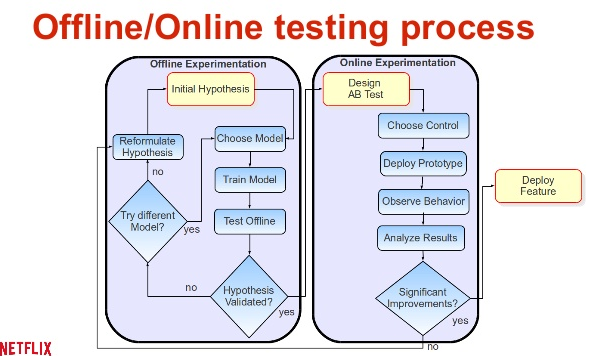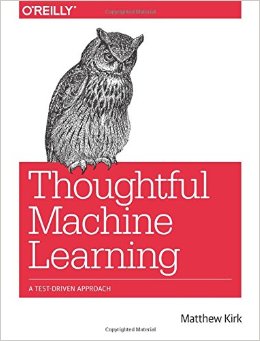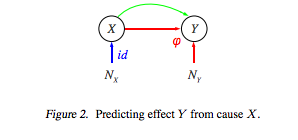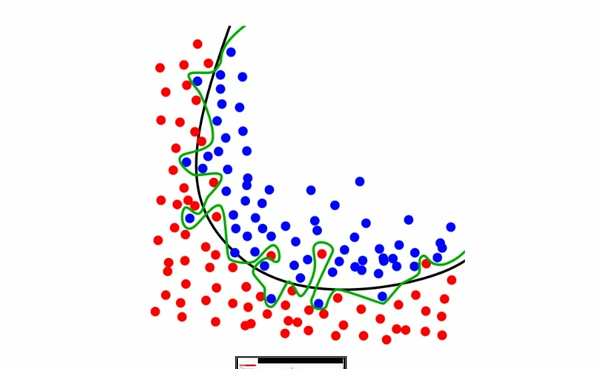Lessons Learned from Building Machine Learning Systems
Last Updated on September 5, 2016 In a recent presentation at MLConf, Xavier Amatriain described 10 lessons that he has learned about building machine learning systems as the Research/Engineering Manager at Netflix. In this you will discover these 10 lessons in a summary from his talk and slides. Lessons Learned from Building Machine Learning Systems Taken from Xavier’s presentation 10 Lessons Learned The 10 lessons that Xavier presents can be summarized as follows: More data vs./and Better Models You might […]
Read more








